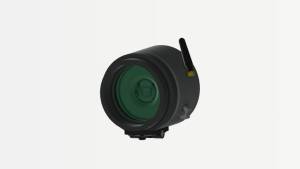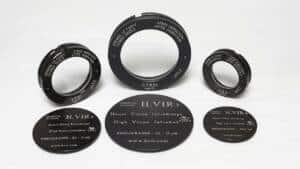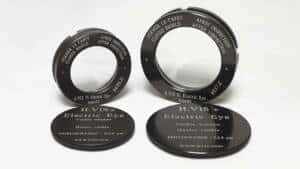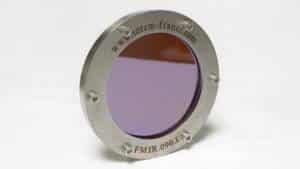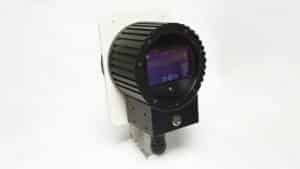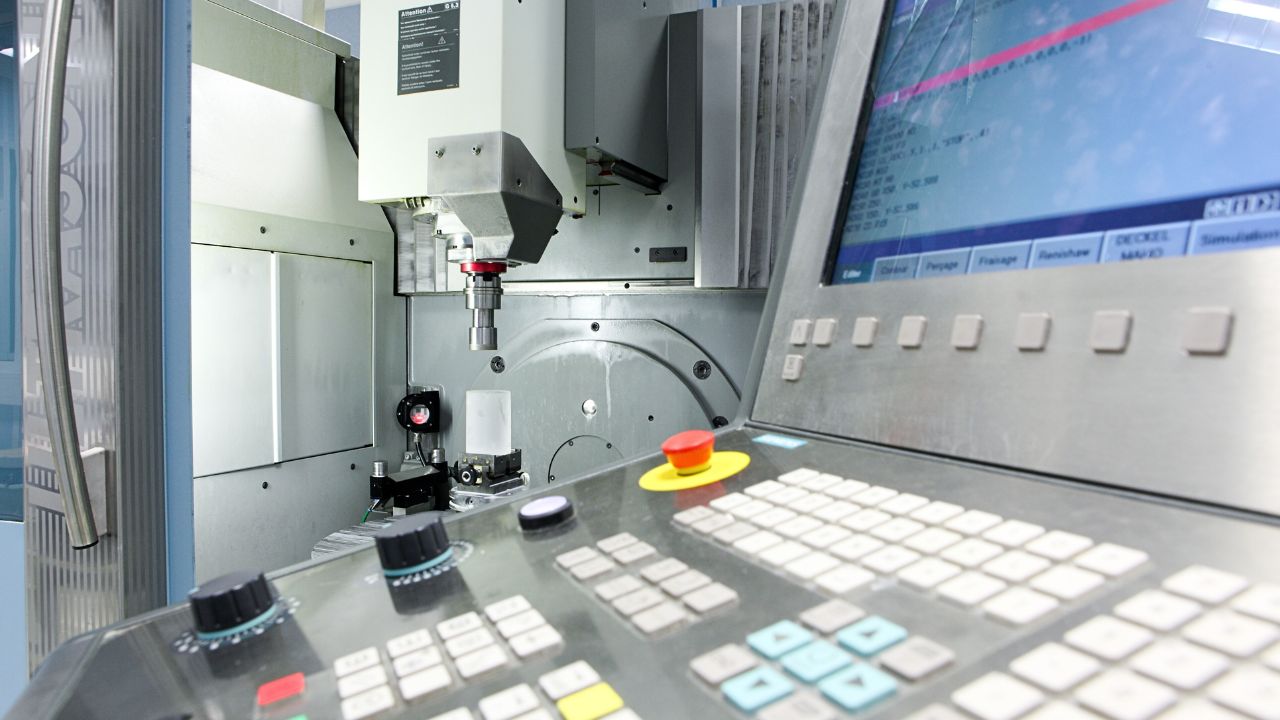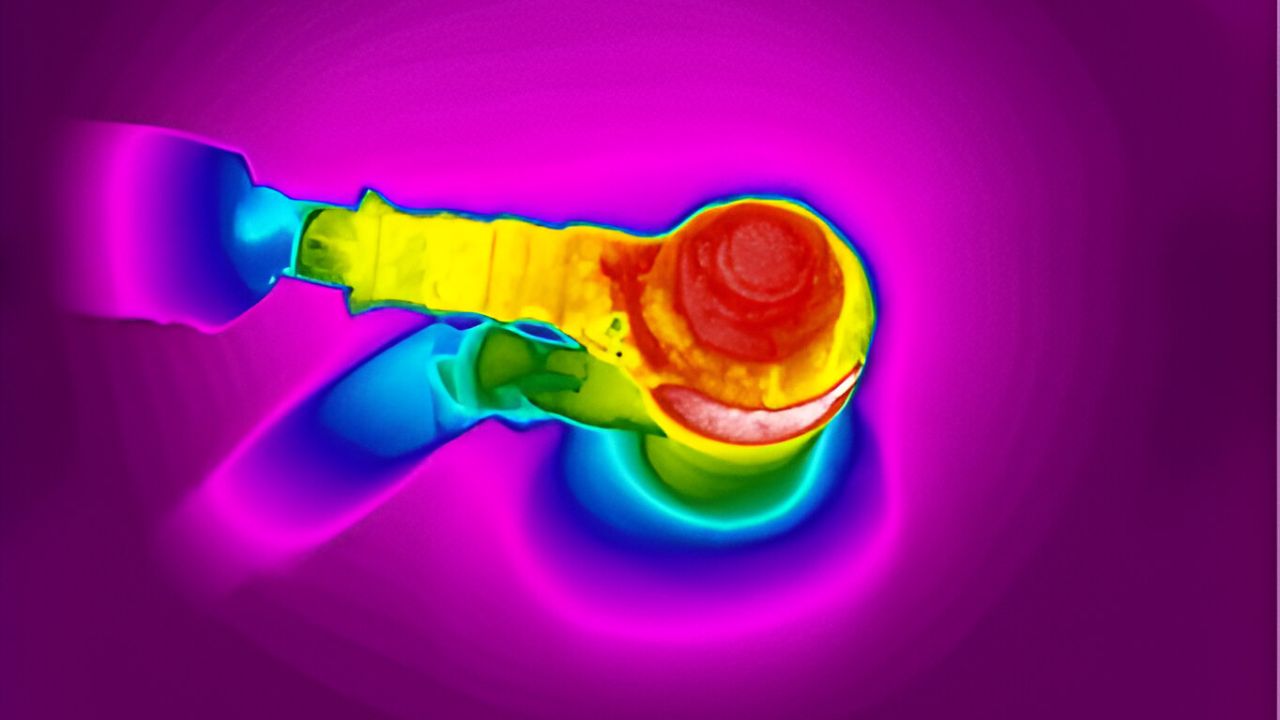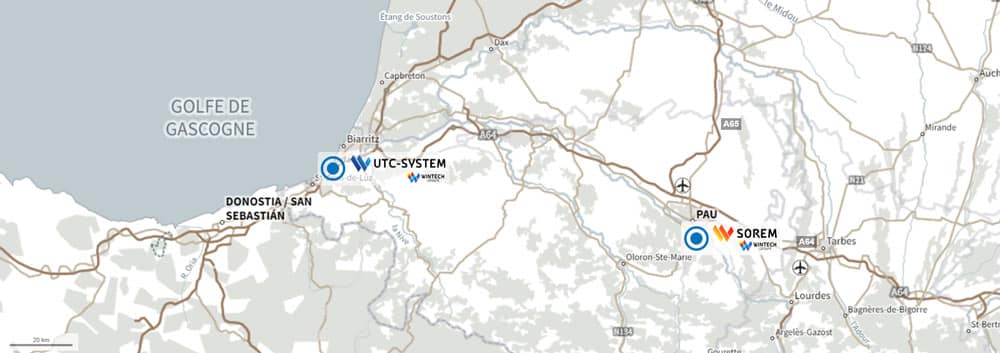Optical Window Design: Manufacturing Process and Cost
The manufacture of an optical window is done following precise specifications that define its application and expected objectives. The choice of manufacturing material will depend on the conditions of use and the spectral range. Depending on the material selected, the process will require the use of specific machining techniques such as ultrasonic technology. The cost of manufacturing the optical window will depend on the material required. Let’s find out how the manufacturing process of an optical window works and how much it costs.
What are the key steps in the manufacture of an optical window?
To help ensure that optical windows are manufactured to meet the expected objectives, the design of a window requires great precision (technical mastery) and expertise (knowledge of material properties).
Selection and Preparation of Material
In order to meet the requirements of the optical window (observation, measurement, monitoring) and the conditions of use (environment), the choice of material is crucial. The most commonly used materials are glass, polymers and crystals. Each optical material has specific properties (transmission, refractive index, Knoop hardness, chemical resistance, thermal expansion, etc.). Some will perform better in the ultraviolet (such as CaF2, BaF2 or Silica), others in the infrared (such as germanium or ZnSe). Depending on the conditions of use, they must have a high mechanical or chemical resistance (sapphire, quartz, silica).
Once the material is selected, it will be prepared according to the required specifications. This step includes cutting the material block, removing impurities or defects from the surface.
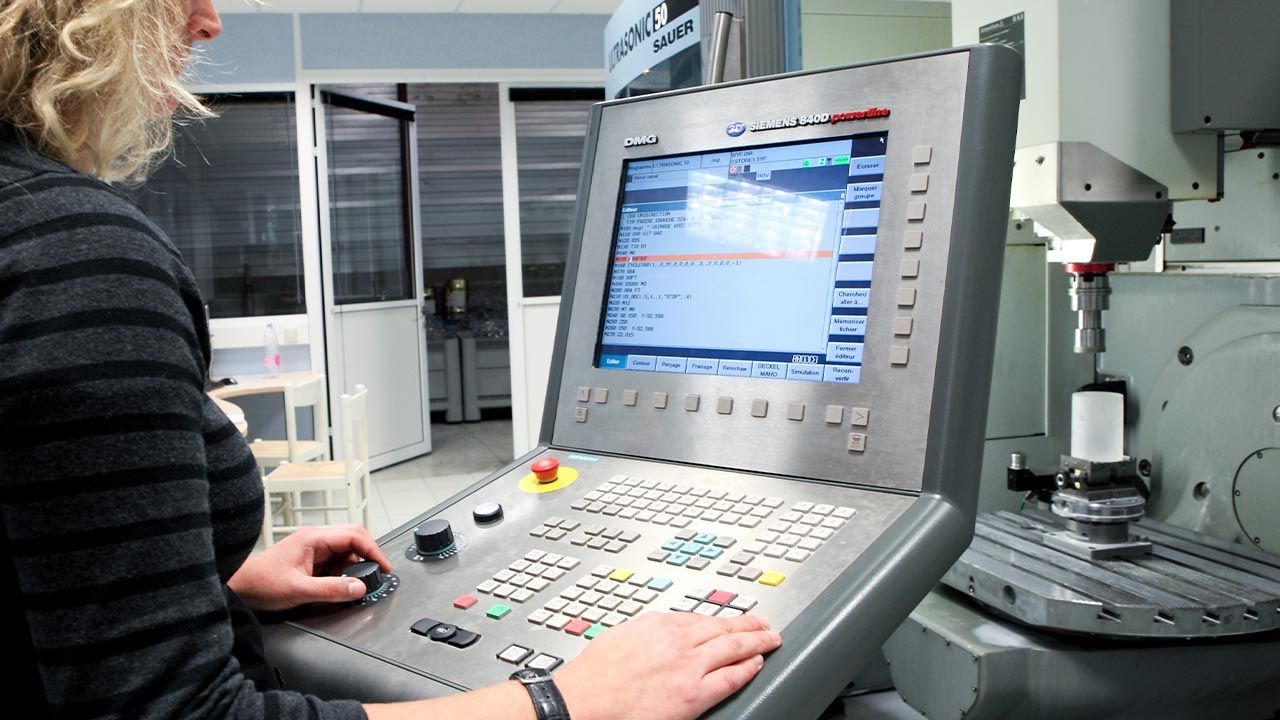
Optical machining and polishing
Machining is a key step in the manufacturing process of optical windows. It consists of shaping the raw material to obtain the expected shape, size and surface quality. The machining will ensure the proper performance of the optical window in terms of light transmission and minimal dispersion. Depending on the hardness of the material, the use of ultrasonic technology will be required. For example, sapphire machining requires recognized expertise in ultrasonic machining.
A break-in or softening is carried out in the first place. Polishing aims to achieve an optically smooth and flat surface to reduce roughness to meet the desired optical requirements. Lapping can be used to further refine the surface through the use of abrasive paste.
Quality control of optical materials
During machining, regular checks are carried out to ensure that the shape, size and quality specifications of the optical window are met. Techniques such as interferometry or microscopy are used to evaluate various optical parameters such as roughness, thickness or flatness. Note that the edges of the optical window are usually chamfered to prevent splintering and to facilitate assembly in an optical system. Finally, an optical coating (anti-reflective, mirror, spectral filter, etc.) can be applied to the surface after polishing.
Once the manufacturing process is complete, the optical window is inspected and then packaged before shipment. The manufacturing cost will vary depending on the characteristics (size, shape, etc.), the complexity of the part made and the choice of material.
What is the cost of an optical window?
The cost of manufacturing an optical window will depend on its complexity in terms of shape and size, the material used to meet the application requirements, and the optical specifications that may require a more “demanding” manufacturing process.
The size and shape of the optical window will determine the amount of material needed and the duration of machining and polishing. For example, optical windows of non-standard dimensions incur additional one-off costs (special tooling, individually machined parts, etc.)
The choice of optical material has a significant impact on the cost. Standard lenses (such as the N-BK7) are among the least expensive due to their availability and ease of machining and polishing. Others, such as high-quality crystals, are more expensive, such as sapphire, which is known for its hardness and chemical resistance. Thus, its machining requires the use of ultrasonic technology. More generally, the purity of the material and its optical properties will influence the cost of manufacturing. As a reminder, the selection of the material will depend on the expected optical specifications.
Optical specifications (surface quality, light transmission, dispersion, spectral range, etc.) will require the use of special manufacturing techniques such as ultrasonic machining. Finally, the addition of an optical coating on the window will lead to an increase in the cost of production.
To summarize, the steps and technologies used to manufacture an optical window will depend on its application and specifics. The manufacturing cost will be determined by the complexity of the construction and the choice of surface material.
The manufacture of an optical window is done following precise specifications that define its application and expected objectives. The choice of manufacturing material will depend on the conditions of use and the spectral range. Depending on the material selected, the process will require the use of specific machining techniques such as ultrasonic technology. The cost of manufacturing the optical window will depend on the material required. Let’s find out how the manufacturing process of an optical window works and how much it costs.
What are the key steps in the manufacture of an optical window?
To help ensure that optical windows are manufactured to meet the expected objectives, the design of a window requires great precision (technical mastery) and expertise (knowledge of material properties).
Selection and Preparation of Material
In order to meet the requirements of the optical window (observation, measurement, monitoring) and the conditions of use (environment), the choice of material is crucial. The most commonly used materials are glass, polymers and crystals. Each optical material has specific properties (transmission, refractive index, Knoop hardness, chemical resistance, thermal expansion, etc.). Some will perform better in the ultraviolet (such as CaF2, BaF2 or Silica), others in the infrared (such as germanium or ZnSe). Depending on the conditions of use, they must have a high mechanical or chemical resistance (sapphire, quartz, silica).
Once the material is selected, it will be prepared according to the required specifications. This step includes cutting the material block, removing impurities or defects from the surface.

Optical machining and polishing
Machining is a key step in the manufacturing process of optical windows. It consists of shaping the raw material to obtain the expected shape, size and surface quality. The machining will ensure the proper performance of the optical window in terms of light transmission and minimal dispersion. Depending on the hardness of the material, the use of ultrasonic technology will be required. For example, sapphire machining requires recognized expertise in ultrasonic machining.
A break-in or softening is carried out in the first place. Polishing aims to achieve an optically smooth and flat surface to reduce roughness to meet the desired optical requirements. Lapping can be used to further refine the surface through the use of abrasive paste.
Quality control of optical materials
During machining, regular checks are carried out to ensure that the shape, size and quality specifications of the optical window are met. Techniques such as interferometry or microscopy are used to evaluate various optical parameters such as roughness, thickness or flatness. Note that the edges of the optical window are usually chamfered to prevent splintering and to facilitate assembly in an optical system. Finally, an optical coating (anti-reflective, mirror, spectral filter, etc.) can be applied to the surface after polishing.
Once the manufacturing process is complete, the optical window is inspected and then packaged before shipment. The manufacturing cost will vary depending on the characteristics (size, shape, etc.), the complexity of the part made and the choice of material.
What is the cost of an optical window?
The cost of manufacturing an optical window will depend on its complexity in terms of shape and size, the material used to meet the application requirements, and the optical specifications that may require a more “demanding” manufacturing process.
The size and shape of the optical window will determine the amount of material needed and the duration of machining and polishing. For example, optical windows of non-standard dimensions incur additional one-off costs (special tooling, individually machined parts, etc.)
The choice of optical material has a significant impact on the cost. Standard lenses (such as the N-BK7) are among the least expensive due to their availability and ease of machining and polishing. Others, such as high-quality crystals, are more expensive, such as sapphire, which is known for its hardness and chemical resistance. Thus, its machining requires the use of ultrasonic technology. More generally, the purity of the material and its optical properties will influence the cost of manufacturing. As a reminder, the selection of the material will depend on the expected optical specifications.
Optical specifications (surface quality, light transmission, dispersion, spectral range, etc.) will require the use of special manufacturing techniques such as ultrasonic machining. Finally, the addition of an optical coating on the window will lead to an increase in the cost of production.
To summarize, the steps and technologies used to manufacture an optical window will depend on its application and specifics. The manufacturing cost will be determined by the complexity of the construction and the choice of surface material.


